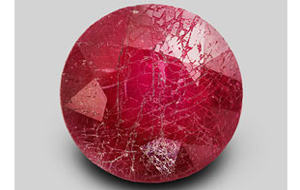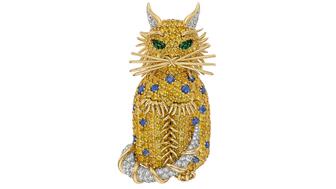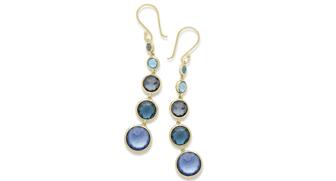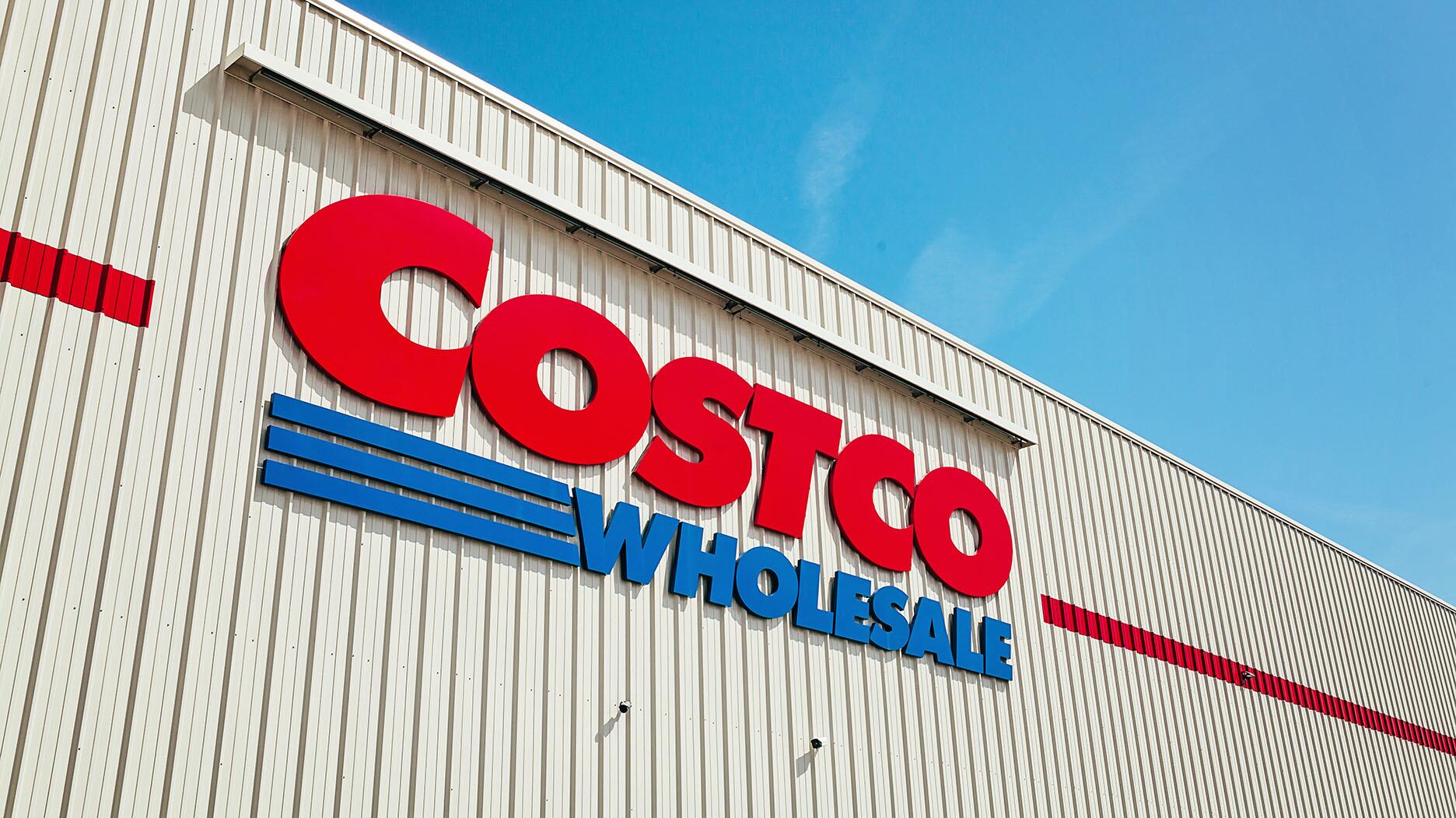The luxury goods company said founder Ippolita Rostagno will remain at the brand’s helm.
5 Points on the Proposed Changes to the FTC Guides
The Federal Trade Commission has issued proposed revisions to its Guides for the Jewelry Industry. Here are a few key things to know about them.
New York--The Federal Trade Commission has issued proposed revisions to the FTC Guides for the jewelry industry, which dictate the terms that can, and cannot, be used to market jewelry.
A few key revisions are outlined below.

Members of the public who want to make comments about the latest changes have until April 4 to do so. The current draft can be found on FTC.gov, and comments can be registered here.
Comments also can be mailed to: Federal Trade Commission, Office of the Secretary, 600 Pennsylvania Ave. NW, Suite CC-5610 (Annex O), Washington, D.C. 20580.
In the meantime, Jewelers Vigilance Committee CEO Cecilia Gardner said the JVC and other industry organizations will work on drafting responses to the latest revisions. In addition, the JVC plans to respond directly to a number of requests made by the FTC, including for more metallurgic testing on surface applications and for consumer perception data on surface-coated materials.
1. The use of the term “gold” in connection with alloys
Gardner said current FTC rules do not allow the use of the word gold to refer to any substance that’s less than 10 karats; Tiffany & Co., for example, cannot use the term gold in connection with its alloy Rubedo and instead refers it to simply as a metal.
Under the FTC’s proposed changes, the industry would be permitted to use the term gold to refer to alloys but must disclose the karatage of the gold and list the other metals present in the alloy as well.
“That’s a big change,” Gardner said.
2. The disclosure of rhodium plating
In its revisions, the FTC is proposing another major change to metals terminology--the disclosure of rhodium plating, which currently is not required.
3. A clarification on lead glass-filled rubies
Gardner said the proposed revisions clarify that the term “lead glass-filled ruby” can be used to refer only to material that contains some measure of red corundum. If the material is non-red corundum and colored glass is added to make it appear red (i.e., to make it look like a ruby), then it
In addition, the FTC stressed that the seller must disclose any and all information about the special care the material requires.
4. The incorporation of the term “cultured” in reference to lab-grown diamonds
Gardner said when the industry submitted its latest comments on the guides to the FTC back in 2012, it asked the FTC to prohibit the use of the word cultured in connection with lab-grown diamonds. The industry contended that the term should apply only to organic processes, such as the one used for pearls.
The FTC, however, has now proposed incorporating the word cultured into the guides but only if it is immediately accompanied by the terms lab-grown or lab-created.
5. The use of varietal names
The FTC’s proposed revisions dictate that terms such as yellow emerald and green amethyst are deceptive and misleading.
The gemstones must be described exactly as they are. In the two examples given above, it would be golden or yellow beryl and prasiolite.
The Latest

Laura Burdese, who joined the Italian luxury brand in 2022, will take on the role in July.

The National Jeweler editors revisit the most noteworthy industry happenings and design trends from 2025.

How Jewelers of America’s 20 Under 40 are leading to ensure a brighter future for the jewelry industry.

Need a gift for the cat lover who has everything? Look no further than our latest Piece of the Week.


It purchased the “Grosse Pièce,” an ultra-complicated Audemars Piguet pocket watch from the ‘20s, for a record-breaking price at Sotheby’s.

The lab-grown diamond grower now offers custom engagement and fashion jewelry through its Kira Custom Lab Jewelry service.

Roseco’s 704-page catalog showcases new lab-grown diamonds, findings, tools & more—available in print or interactive digital editions.

Chandler got his start at Michelson Jewelers and has served as DCA president and CEO since 2001. He will retire at the end of the month.

The boutique is slated to open this week inside Terminal 8, offering pre-owned Rolex watches and more to international travelers.

Sponsored by Digital Monitoring Products

The special-edition egg pendant ingested in a New Zealand jewelry store was recovered after a six-day wait.

Associate Editor Natalie Francisco plays favorites with Piece of the Week, selecting a standout piece of jewelry from each month of 2025.

The “Love and Desire” campaign is inspired by the magic that follows when one’s heart leads the way, said the brand.

Two awardees will receive free tuition for an educational course at the Swiss lab, with flights and lodging included.

Berta de Pablos-Barbier will replace Alexander Lacik at the start of January, two months earlier than expected.

Sotheby’s held its first two jewelry sales at the Breuer building last week, and they totaled nearly $44 million.

Winners will receive free registration and lodging for its fourth annual event in Detroit.

Here are six ideas for making more engaging content for Instagram Reels and TikTok, courtesy of Duvall O’Steen and Jen Cullen Williams.

The honorees include a notable jewelry brand, an industry veteran, and an independent retailer.

Carlos Jose Hernandez and Joshua Zuazo were sentenced to life without the possibility of parole in the 2024 murder of Hussein “Sam” Murray.

The New Orleans jeweler is also hosting pop-up jewelry boutiques in New York City and Dallas.

Set in a Tiffany & Co. necklace, it sold for $4.2 million, the highest price and price per carat paid for a Paraíba tourmaline at auction.

The jeweler’s “Deep Freeze” display showcases its iconic jewelry designs frozen in a vintage icebox.

Take luxury gifting to new heights this holiday season with the jeweler’s showstopping 12-carat sphene ring.

This year's theme is “Unveiling the Depths of the Ocean.”

In its annual report, Pinterest noted an increase in searches for brooches, heirloom jewelry, and ‘80s luxury.

























